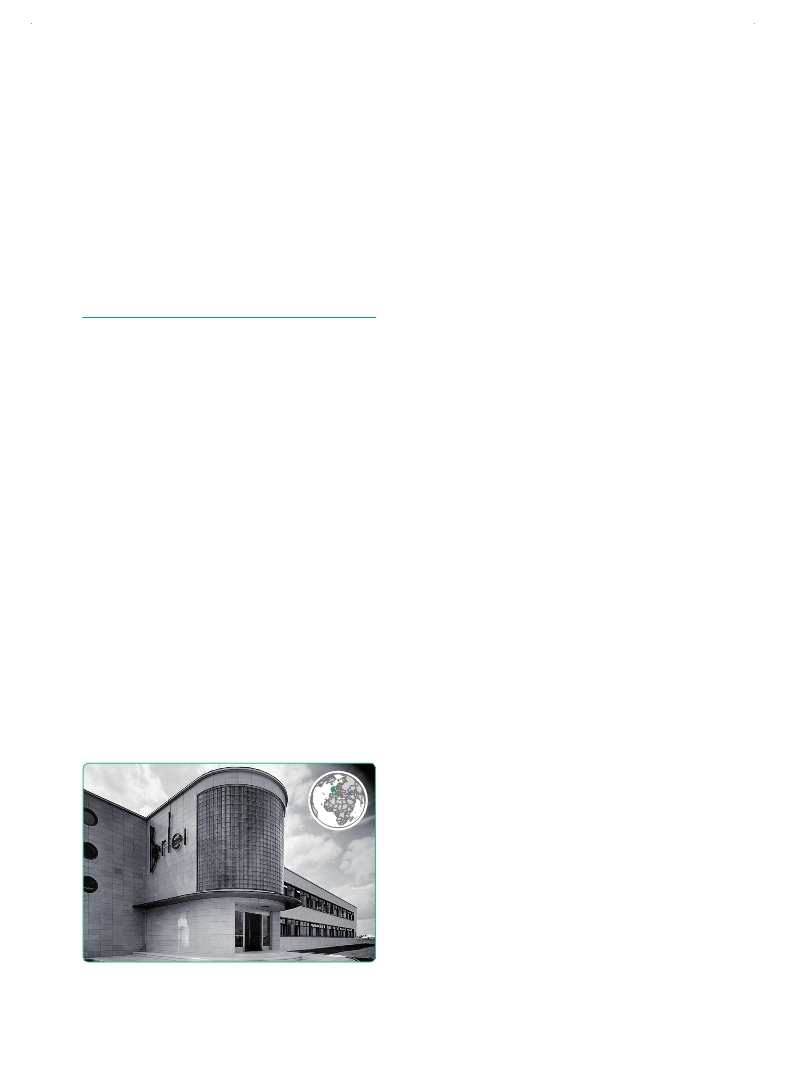 |
Global Assessment Report on Disaster Risk Reduction 2015
Making development sustainable: The future of disaster risk management |
 |
Global Assessment Report on Disaster Risk Reduction 2015
Making development sustainable: The future of disaster risk management |
|
|

200
Part III - Chapter 10
10.1 Comparative advantages or
contingent liabilities?
Disaster risk is rarely made explicit to investors and is often only discovered in the event of a disaster. This risk not only affects large businesses, but also impacts the national economies that receive investments, small and medium enterprises, and the labour force. Thus, hidden contingent liabilities come bundled together with the comparative advantages offered to business investors.
The Slough Trading Company Limited was founded in 1920, and in 1925 it established one of the world’s first industrial estates on the western outskirts of London, United Kingdom. By providing ready-made factory buildings with art deco style offices on the street side, dedicated rail connections and its own power station, the Slough Trading Estate rapidly attracted business
investment. By 1932, high-profile companies like Citroen, Gillette, Johnson & Johnson, Mars and Berlei had set up shop on the estate, which currently accommodates 400 businesses across a wide range of sectors, including automotive, food processing, engineering, biotechnology, pharmaceuticals, logistics, information technology and telecommunications. Ninety years after its establishment, it is still Europe’s largest industrial estate under single ownership.1
In many ways, the Slough Trading Estate ushered in a modern era of footloose, spatially flexible, economic and territorial development no longer constrained to specific places by the availability of raw materials, energy (especially coal), sea or canal transport, and labour. The estate prefigured a model of flexible accumulation (Harvey, 1989
Harvey, David. 1989,The Condition of Postmodernity: An enquiry into the origins of cultural change, Cambridge and Oxford, UK: Blackwell Publishers.. . In today’s globalized economy, countries and cities in all regions compete to attract foreign direct investment (FDI) using the same mix of objective advantages, including low labour costs, access to
Figure 10.1 Art deco faade on the Berlei offices in Slough Trading Estate (now demolished)
(Source: http://modernism-in-metroland.tumblr.com/ost/46923045449
[accessed 11 January 2015].)
As economic investment continues to flow to locations offering comparative advantages for capital accumulation, there will be a continuous increase in the exposure of economic assets to earthquakes, tsunamis, storm surges, floods and other hazards.
While several countries now seek to include disaster risk in their public investment planning, the limited availability of appropriate risk information and weak capacities at the local level still present serious constraints. And given the growing interconnectedness of urban systems, global supply chains and financial flows, disaster risk will become increasingly systemic.
|
 
Page 1Page 10Page 20Page 30Page 40Page 50Page 60Page 70Page 80Page 90Page 100Page 110Page 120Page 130Page 140Page 150Page 160Page 170Page 180Page 190Page 191Page 192Page 193Page 194Page 195Page 196Page 197Page 198Page 199Page 200Page 201->Page 202Page 203Page 204Page 205Page 206Page 207Page 208Page 209Page 210Page 211Page 212Page 213Page 214Page 220Page 230Page 240Page 250Page 260Page 270Page 280Page 290Page 300Page 310
|
|
 
|
 
|
